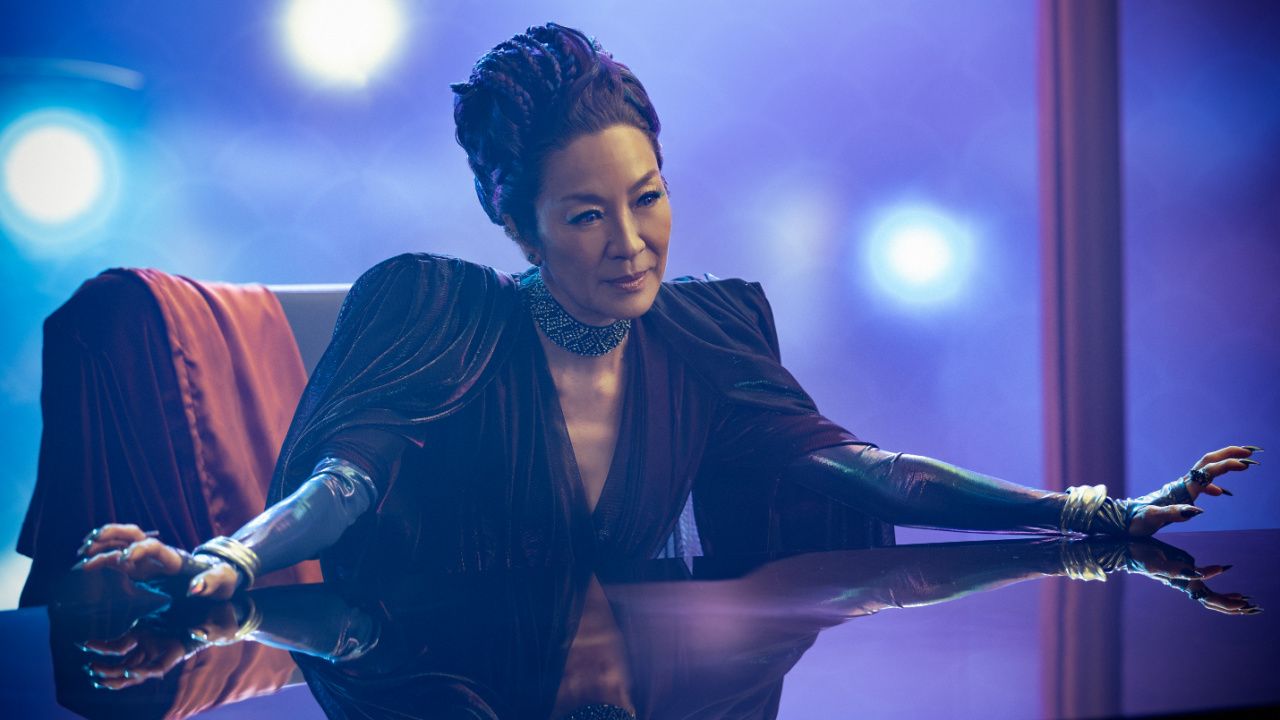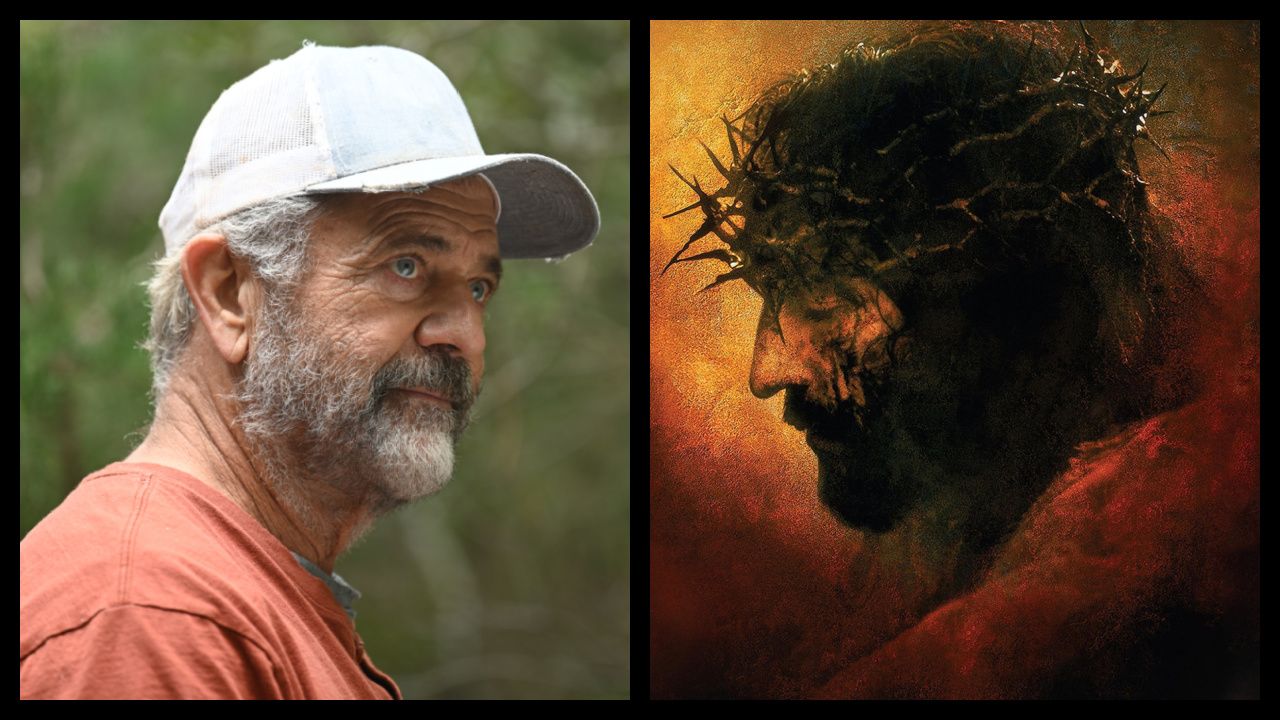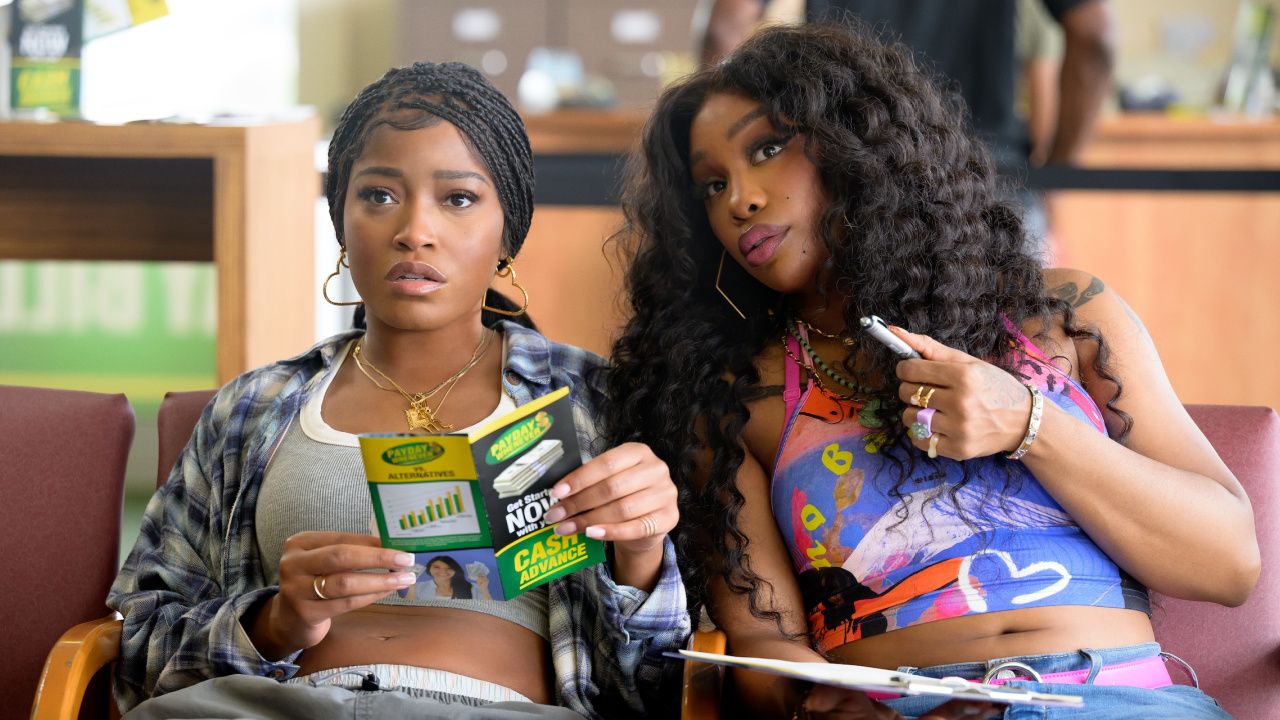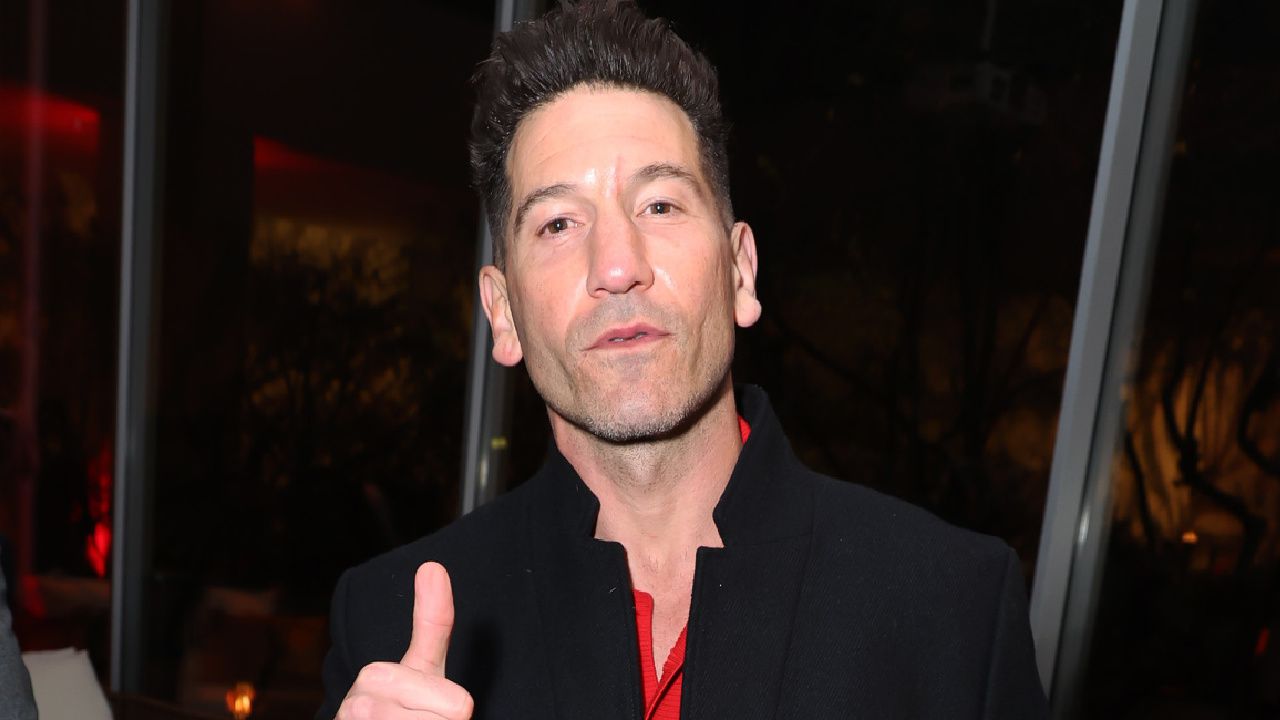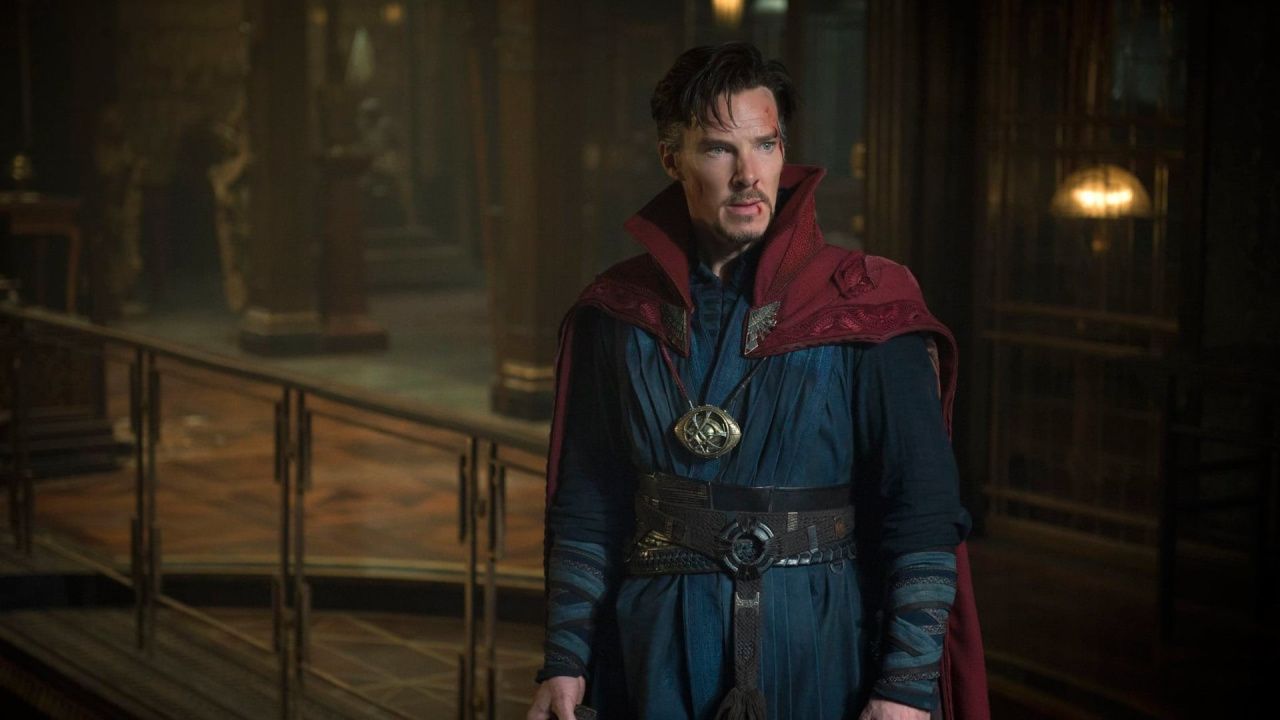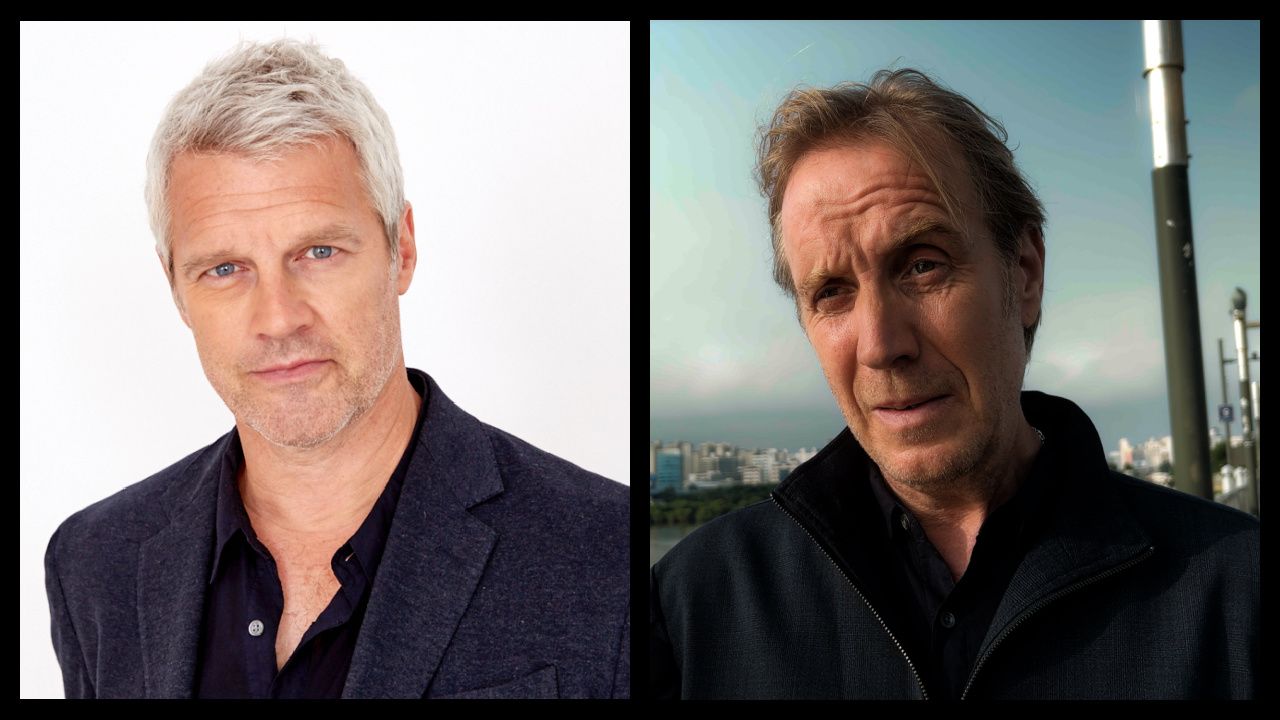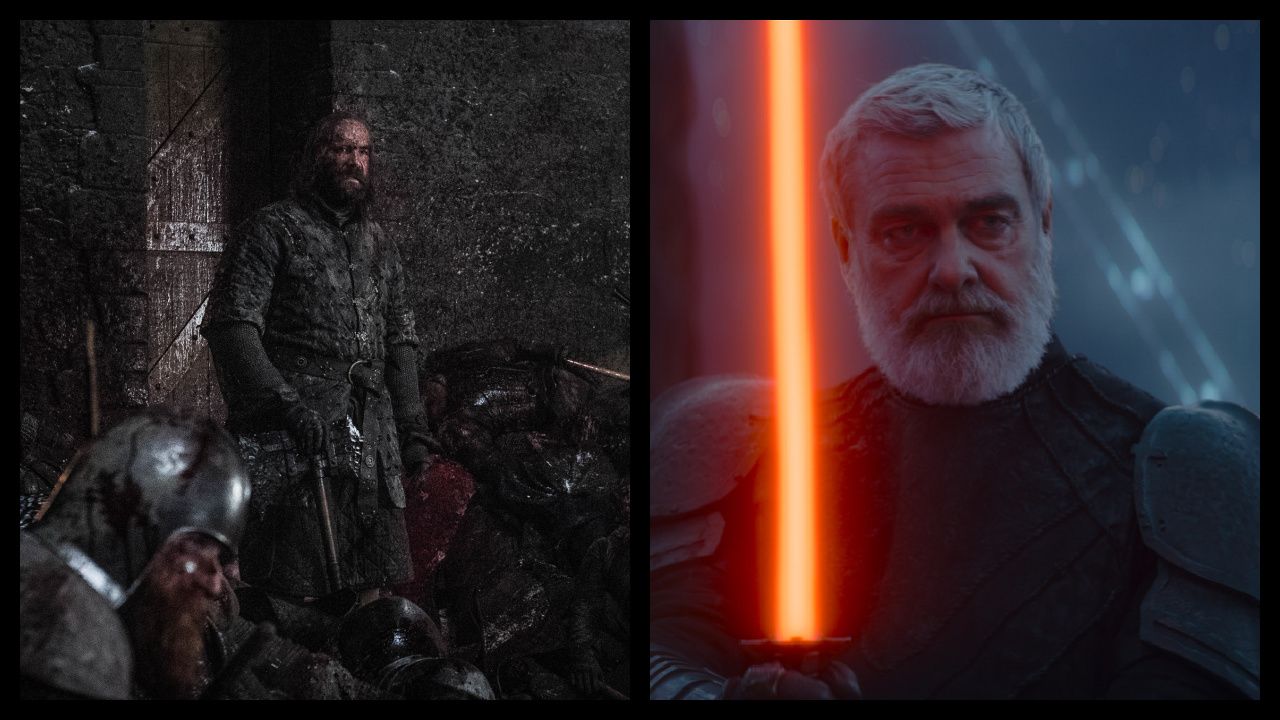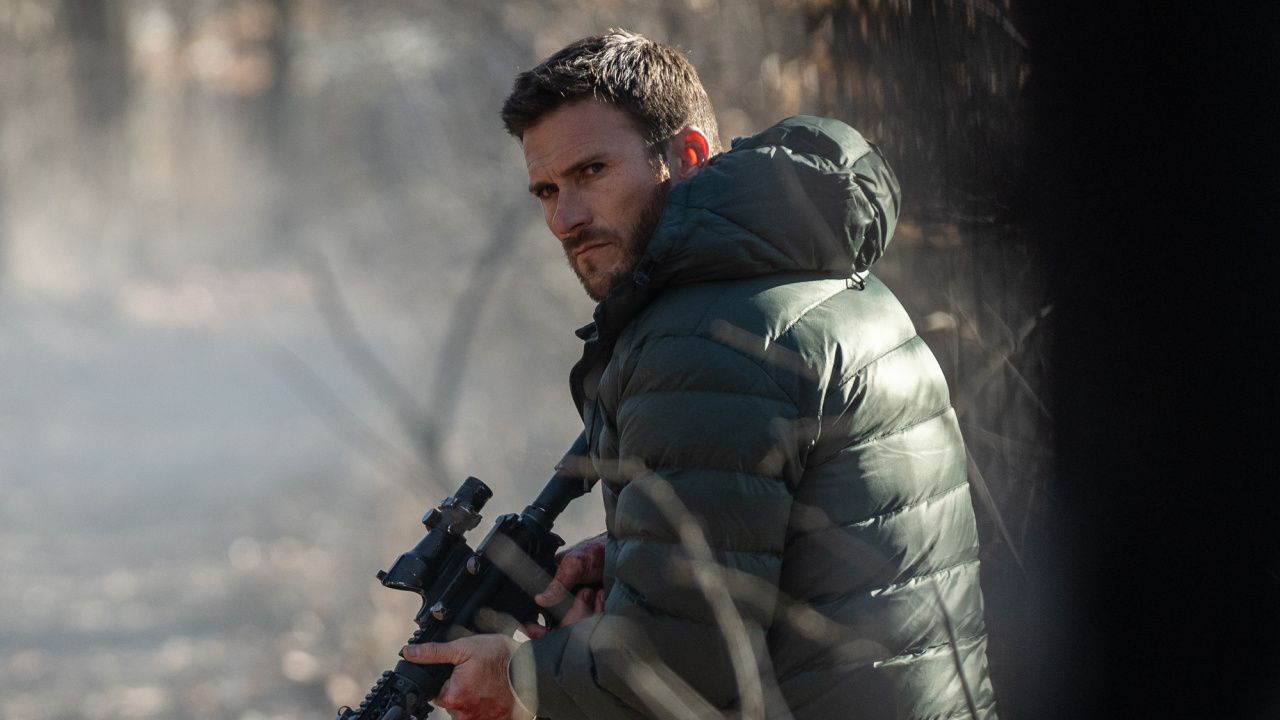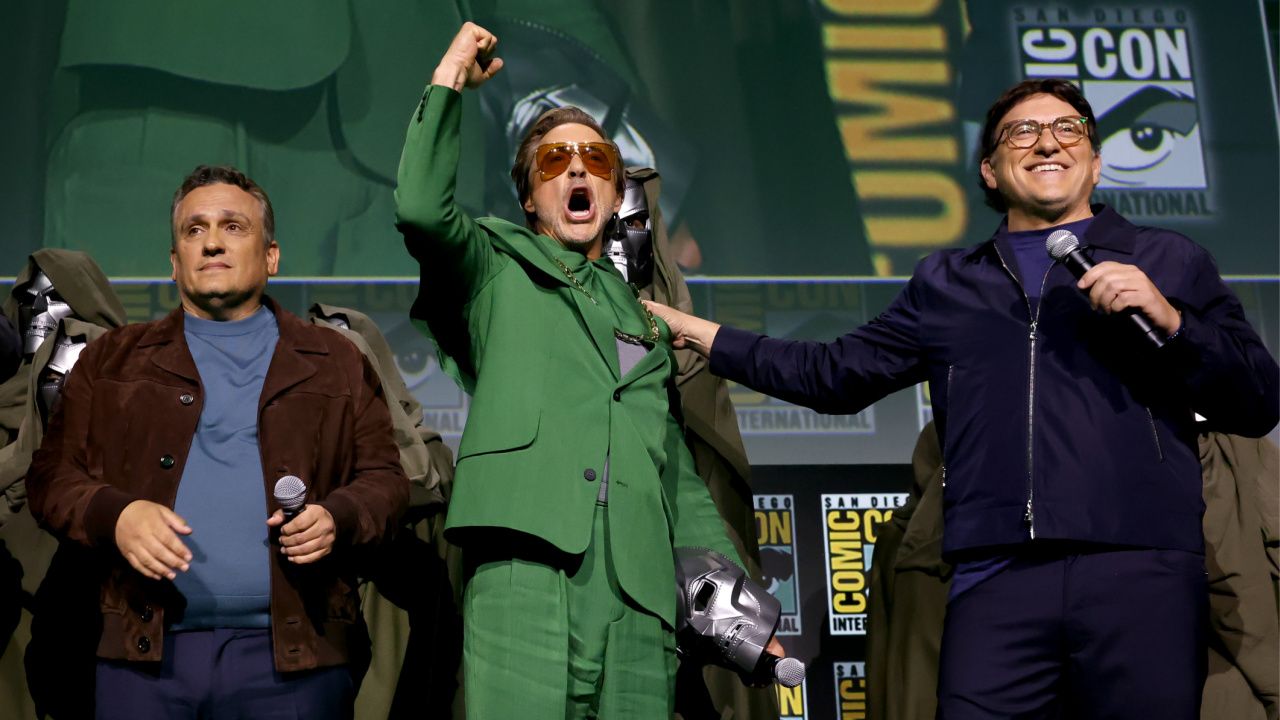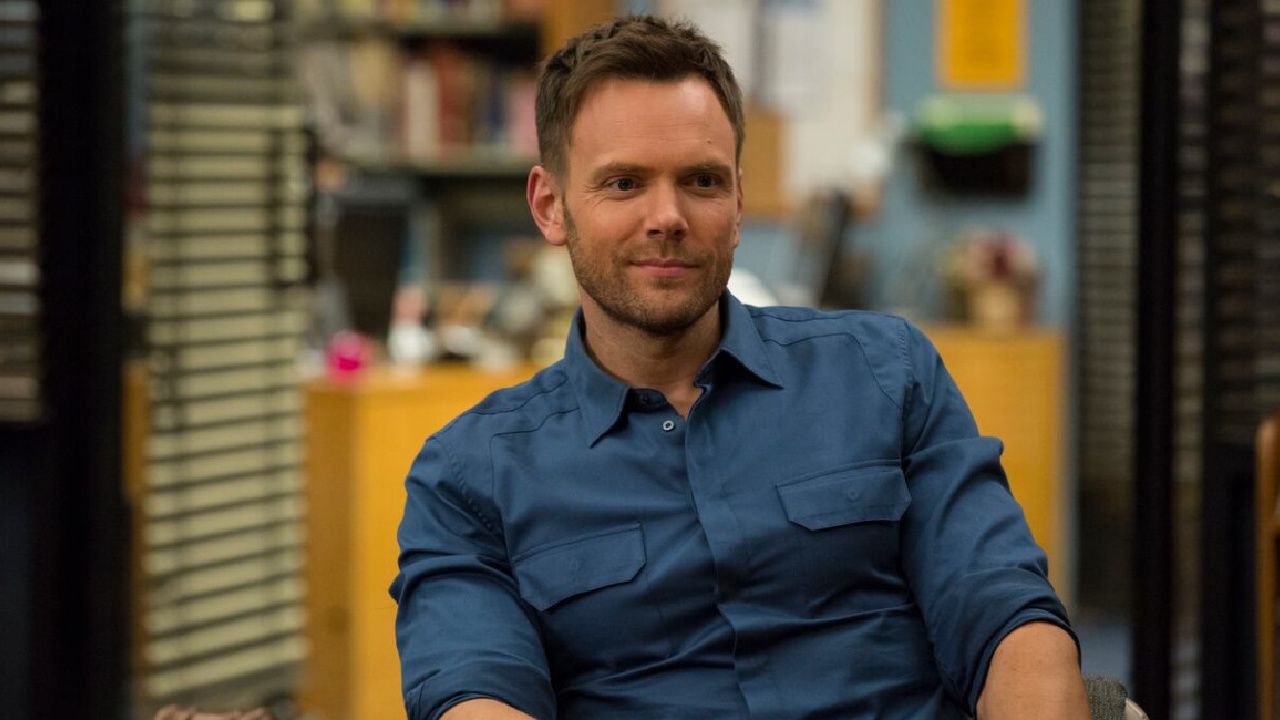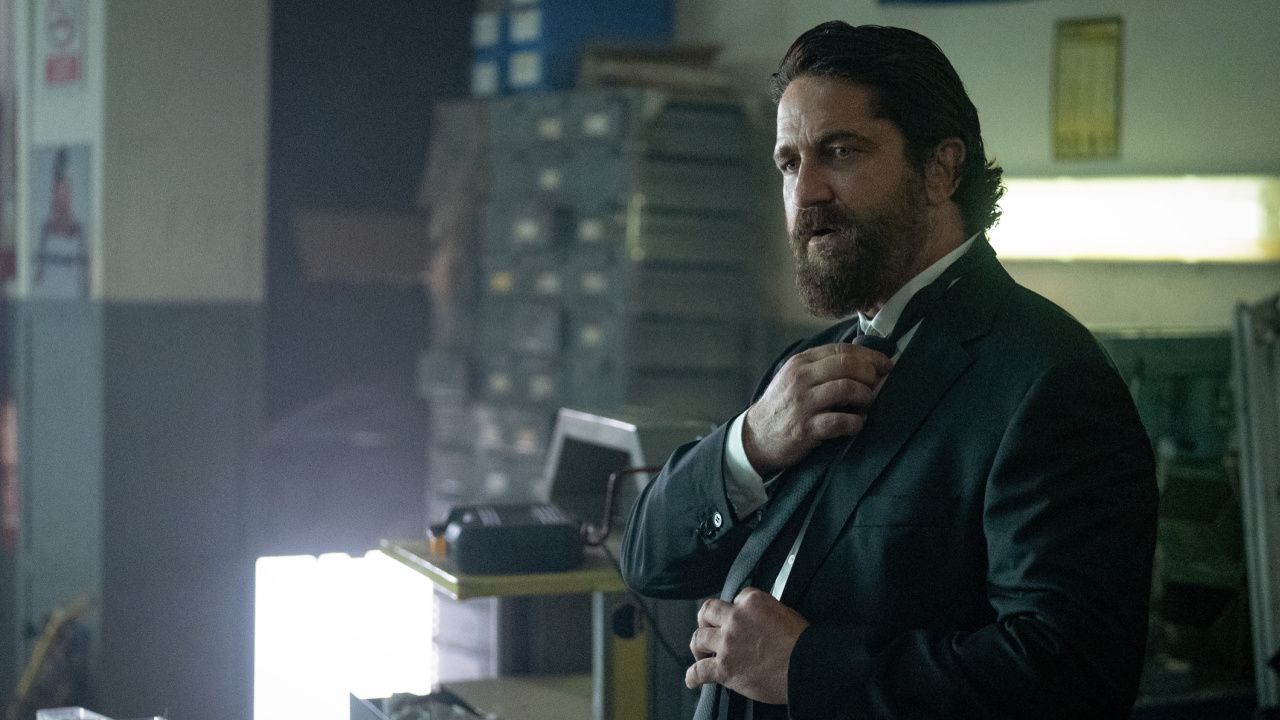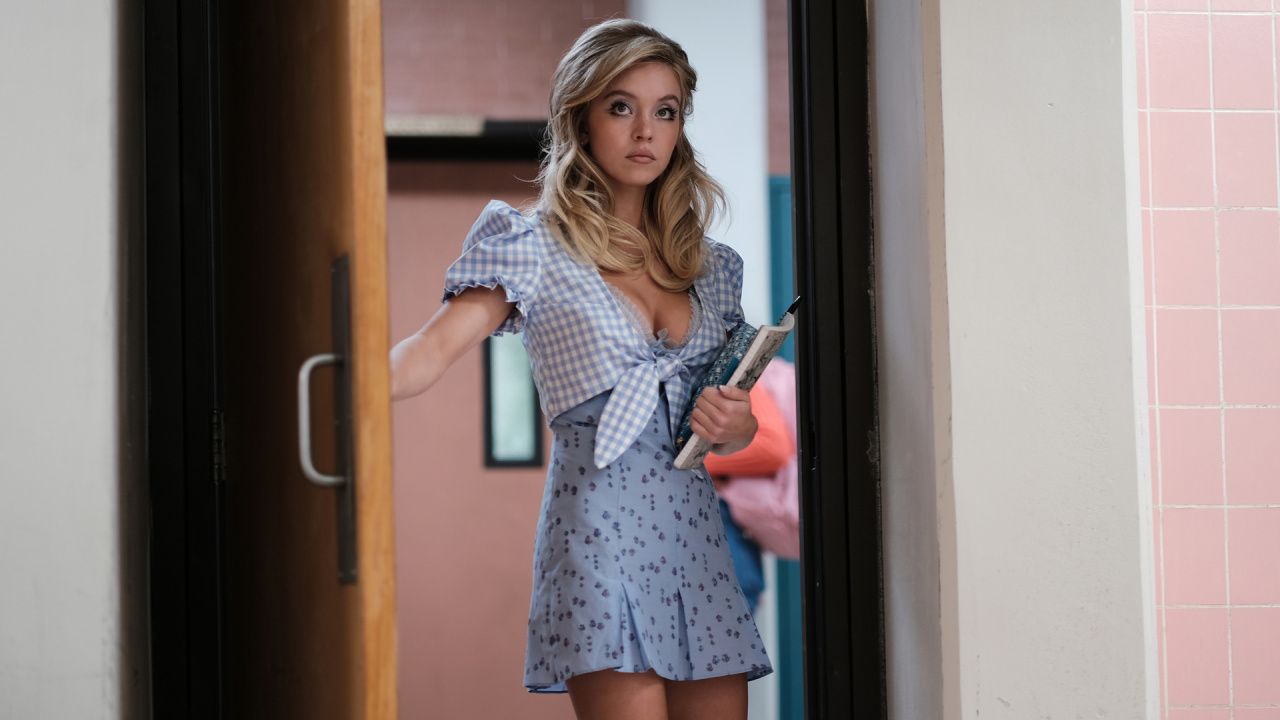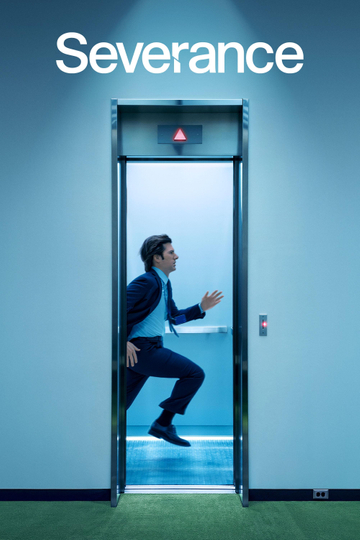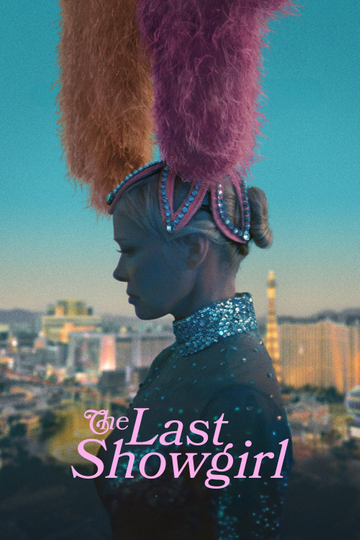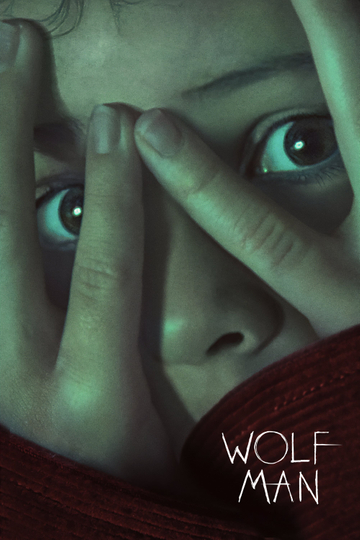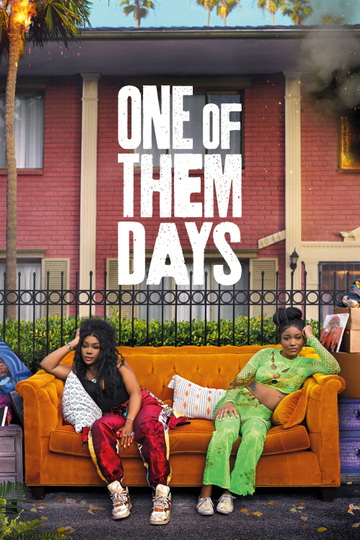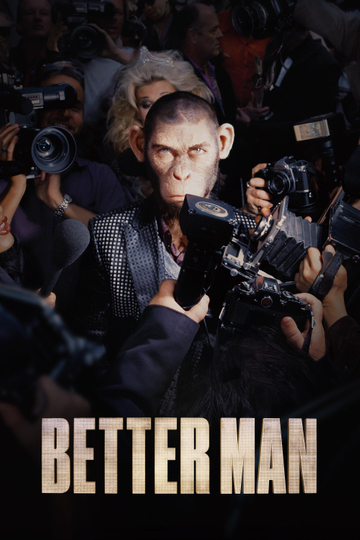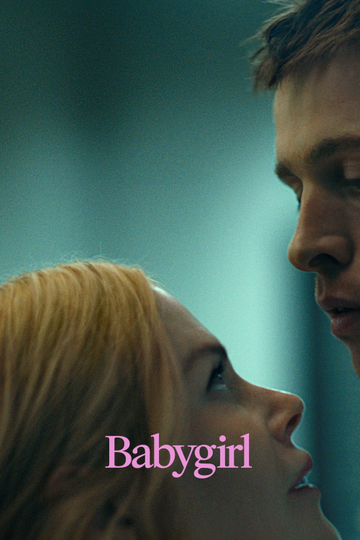24 Things You Didn't Know About 'Singin' in the Rain'
It took only a casual gesture -- Ryan Gosling twirling around a lamppost in 2016's Oscar-winning musical "La La Land" -- to remind moviegoers how large "Singin' in the Rain" still looms in our collective imagination.
Released 65 years ago this week, on April 11, 1952, this classic is widely considered the greatest movie musical ever made, with Gene Kelly's downpour-drenched performance of the title tune one of the most iconic moments in movie history. Plus, the film made a star of Debbie Reynolds; when she died in December 2016, "Singin'" was still the film that featured most prominently in remembrances of her.
Hard to believe, for a film that plays like the screen expression of pure joy, but "Singin'" was a miserable experience to make, nearly ruining the health of its three principal stars. When it was finally over, the three of them (Kelly, Reynolds, and Donald O'Connor) never worked together again. Read on to learn how "Singin'" overcame its grueling production history to become one of the most beloved films of all-time.
1. Much of the credit for "Singin' in the Rain" belongs to MGM producer Arthur Freed, who, like Donald O'Connor's Cosmo Brown, rose from silent-era mood-music pianist to head of the studio's musical department. Not only was he head of the "Freed Unit," the MGM creative team behind so many of the studio's celebrated musicals, but he also wrote most of the songs in "Singin' in the Rain."
2. Indeed, the movie originated as a way to exploit the back catalog of songs that Freed and partner Nacio Herb Brown had written for various MGM movies between 1929 and 1939.
3. Screenwriters Betty Comden and Adolph Green, who came up with the idea of building a plot around Freed and Brown's songs that addressed the tumultuous transition from silence to sound in Hollywood, also wrote the movie's only two new tunes, "Moses Supposes" and "Make 'Em Laugh" -- though the melody for the latter sounds suspiciously like that of "Be a Clown," a Cole Porter song from Kelly's "The Pirate."
4. Kelly wasn't even the first choice to play Don Lockwood. Originally, the producers thought of Howard Keel, but Kelly got the part when it was rewritten to be an ex-vaudeville singer/dancer, instead of a cowboy actor.
5. The role of Cosmo was originally meant for Oscar Levant, who had played a similar role as Kelly's wisecracking best friend in "An American in Paris" the year before. But when Kelly (who not only starred in "Singin'" but also choreographed it and co-directed it with Stanley Donen) started playing up the film's dance elements, the role went instead to experienced hoofer O'Connor.
6. The role of the hilariously annoying diva Lina Lamont was written with Judy Holliday in mind; she'd been a performing partner of Comden and Green's back in New York before finding fame on Broadway and in Hollywood via "Born Yesterday." But when that film won Holliday a Best Actress Oscar in 1951, she was suddenly too big a star for MGM to hire for the "Singin'" supporting role. The part went instead to her Broadway understudy, Jean Hagen.
7. Cast as romantic lead Kathy Selden, Debbie Reynolds had no dance experience, though she was a skilled gymnast and had proved her singing chops in small roles in earlier MGM films.
8. The 19-year-old was, however, youthful enough for the part, which led Kelly to cast her instead of older, more experienced musical actresses like Judy Garland, June Allyson, or Ann Miller. Kelly was convinced he could train Reynolds to do the film's complicated dance numbers.
9. Kelly proved a brutal taskmaster. "Every so often he would yell at me and make me cry," Reynolds recalled. "But it took a lot of patience for him to work with someone who had never danced before. It's amazing that I could keep up with him and Donald O'Connor."
10. Indeed, one day, Fred Astaire found Reynolds crying under a piano and consoled her by offering to coach her himself. Years later, Reynolds would famously say that "Singin' in the Rain" and childbirth were the hardest experiences of her life.
11. For his part, Kelly recognized what a stern disciplinarian he'd been and praised Reynolds for coming through in the end. "Fortunately, Debbie was strong as an ox," he said. "Also, she was a great copyist, and she could pick up the most complicated routine without too much difficulty... at the university of hard work and pain."
12. Most notoriously, Reynolds bloodied her feet tap dancing for 15 hours to film the "Good Morning" number and had to be carried off the set. Even after it was filmed to Kelly's satisfaction, he felt the tap sounds were insufficient, so he danced the number again in a dubbing room -- both his own part and Reynolds'.
13. The film took a toll on O'Connor, too, particularly the "Make 'Em Laugh" number. Comprised of slapstick gags O'Connor had performed during his vaudeville days, it famously climaxed with O'Connor running up a wall and doing a backflip. He managed to film the whole number in one day, but the shoot left the four-pack-a-day smoker so out-of-breath, and the soundstage's concrete floors left his joints in such pain, that he had to rest for three days before returning to work.
14. When he did return, he learned that a technical glitch had ruined all the "Make 'Em Laugh" footage, and he had to shoot the entire number again the next day. "By the end, my feet and ankles were a mess of bruises," he said.
15. Kelly, too, suffered for his art. During the filming of the title number, in which Kelly gets famously soaked, the star was running a fever of more than 100 degrees. (Plus, the fake rain made his wool suit shrink.)
16. Contrary to myth, the rain did not have milk in it (supposedly needed to make the raindrops show better on camera), nor was the number shot in just one take. Rather, it took several days to film, in part because there was a water shortage at the time in Culver City. Kelly sloshed through it all, but, as with "Good Morning," the dancing sound effects had to be punched up later.
17. Sounds of dancers splashing their feet in water-filled buckets were provided by the movie's uncredited assistant choreographers, future musical stars Carol Haney and Gwen Verdon.
18. One more dubbing-imitates-art story: The "Would You?" number is supposed to show how Lina lip-synchs while Kathy's voice is dubbed for hers. Yet it was Reynolds who was lip-synching. Her singing was dubbed by Betty Noyes, while her spoken dialog was actually uttered by Hagen. So you're watching Hagen dub Reynolds dubbing Hagen.
19. Initially, the movie's climactic dance number was to be an extended Western spoof, with Kelly, Reynolds, and O'Connor as covered-wagon pioneers who save themselves from Indian would-be scalpers by charming their captors with their song-and-dance skills. Fortunately, this idea was scrapped and replaced with the "Broadway Ballet" sequence.
20.Cyd Charisse had no lines in the movie and appeared in it just for a few minutes, as the vamp in the "Broadway Ballet" sequence. Yet that was enough to make her a star, after nearly a decade as a chorus dancer in various MGM films. Her very next movie role was the lead opposite Astaire in Comden and Green's "The Band Wagon."
21. "Singin'" went over budget by $620,000, for an ultimate cost of $2.5 million. It earned $3.3 million in North America and another $2.4 million overseas, making it a sizable hit for the times.
22. Remarkably, "Singin'" was nominated for just two Oscars -- for Lennie Hayton's instrumental score and for Hagen's supporting performance -- and lost both.
23. At the time, the movie was considered a lesser achievement to Kelly's ambitious "An American in Paris," which won Best Picture the year before. Hagen lost the supporting actress prize to Gloria Grahame for her nine-minute performance in "The Bad and the Beautiful," another Hollywood satire shot at the same time on a neighboring MGM soundstage.
The Bad and the Beautiful
24. With Reynolds' death, the last surviving star of the film is One Day at a Time" was 19 when she played Lina's friend, starlet Zelda Zanders. She was supposed to get her own musical number, either "Make Hay While the Sun Shines" or "I've Got a Feelin' You're Foolin'," but the scene was cut from the script and just an excerpt from "Feelin'" used in the "Beautiful Girl" montage.













